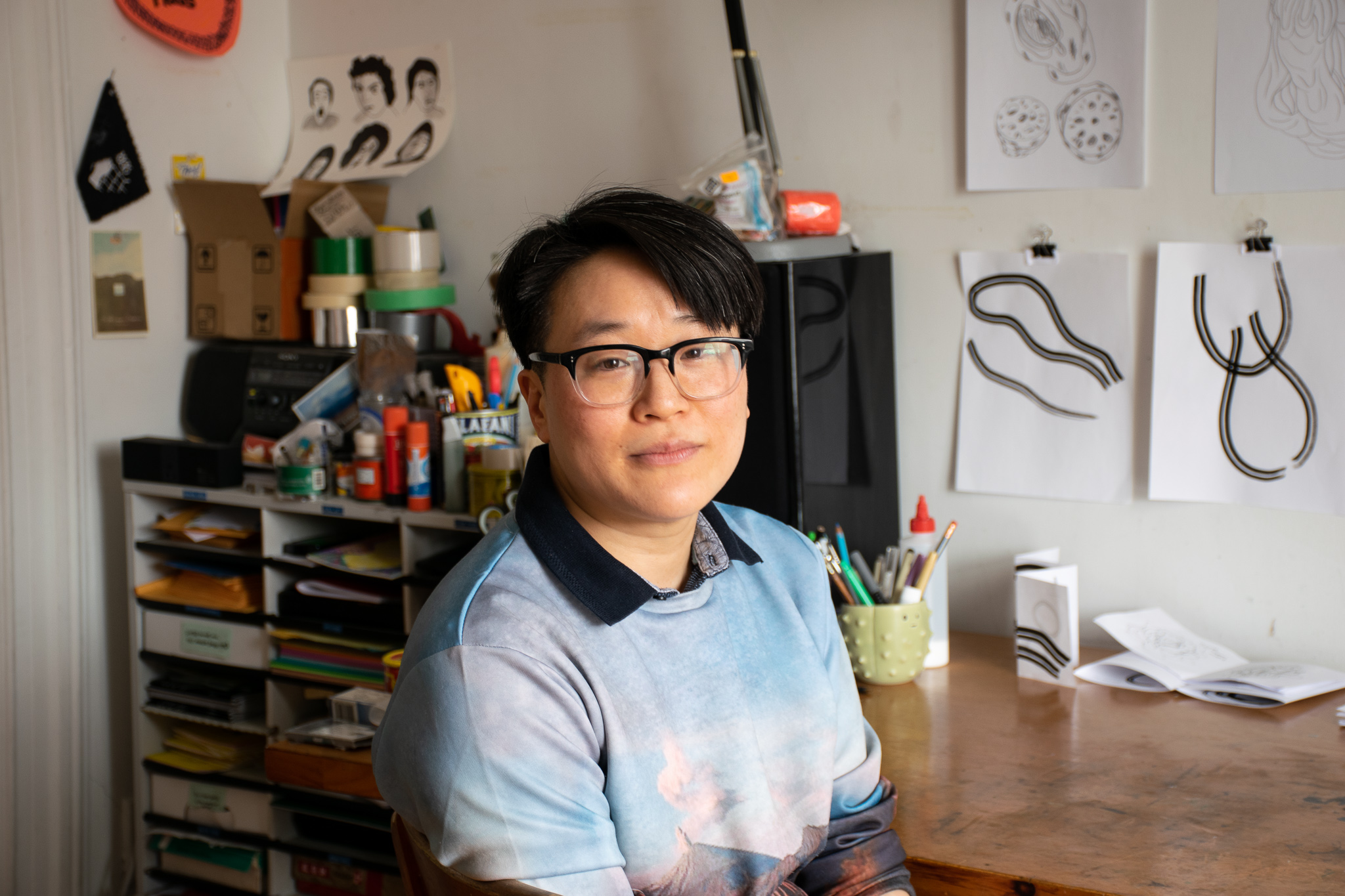Part-time studio arts instructor Jenny Lin on how her practice continues to evolve
“I’ve been working in a really introspective way,” Jenny Lin said of her recent artistic endeavours. The visual artist and part-time Concordia professor has found herself in what seems to be a creative ebb—drawing back from her usual schedule to make room for new projects and pursuits.
One glance at Lin’s resume will reveal how busy she’s been over the past couple of decades, with most of her artistic work taking place during her teaching career at Concordia. “I feel like I can be a better teacher when I’m actually making work,” she said. A 2018 recipient of the Fine Arts Distinguished Teaching Award, Lin is soft spoken yet firmly present.
Lin began teaching at the university during her master’s degree in print media in 2001. She taught a screenprinting course in her third year, but upon graduating, found herself unsure about a career as a teacher. Instead, Lin worked in the studio arts office for a few years before Tony Patricio, the office administrator, convinced her to apply for a teaching position. She got her first teaching job in 2004 and has been an instructor at Concordia ever since.
“It made me a bit more confident and sure that I wanted to do this,” Lin said about landing her first gig. What started as a few occasional classes developed into a steady schedule, and by 2007, Lin had solidified her place at the university.
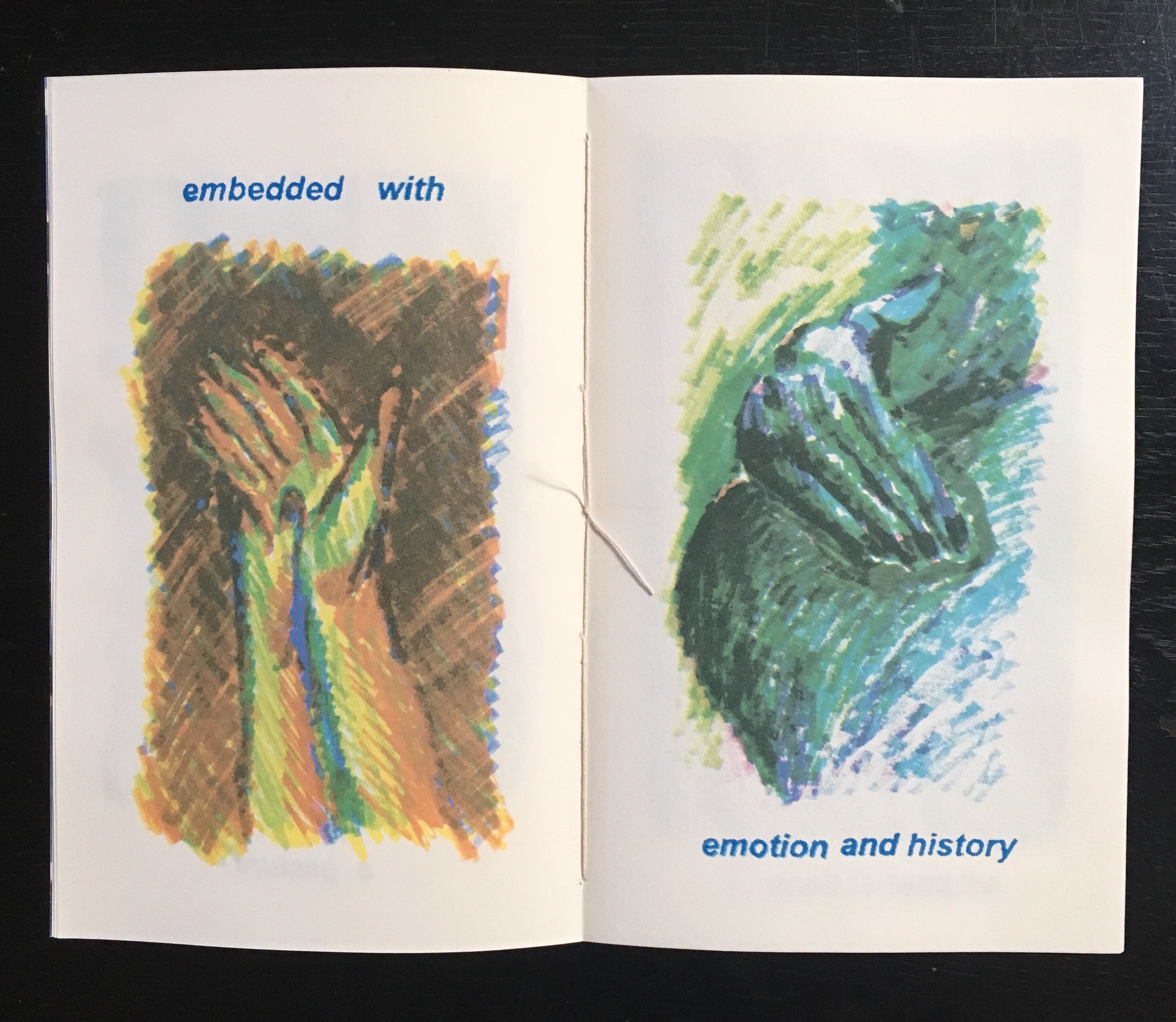
Lin said her job as a professor influences her creative career, and vice versa. “It’s inspiring to be around people making art and [to] get to talk about what they’re doing, and help guide them through the process,” she said. “The teaching really inspires me to keep making work.” Keeping an open creative channel between work and play is essential for both aspects of her practice to succeed, Lin said. “[I’m] lucky to be able to work in the studio art [department]. Both things feed each other.”
It’s fair to say that she’s found the balance, because Lin’s artistic biography is staggering. Since her time as an undergraduate student at the University of Calgary, Lin has racked up over 150 credits in group and solo exhibitions, video screenings, residencies, artists’ book collections and workshops. But her list of accomplishments isn’t what Lin considers to be most important—it’s the people she’s been able to work with, and certain projects that have her particularly inspired.
Although Lin completed her master’s degree in print media, she also took video courses while studying at Concordia. At the time, Lin was interested in creating art through non-physical means. Though she has shifted gears a little since her graduate work, this is a sentiment the artist continues to investigate. “I feel interested in [the] different ways that people can be reached by an artwork,” she said. “It’s interesting that someone could see something on the web, in their house, or on a random computer, and enter into this world—like a story—that they get immersed in.”
In her recent projects, Lin has been more focused on print media and zine work. These works can be immersive in their own way, she explained. In addition to being a tangible medium that the viewer can interact with, “artists’ books can fit in many spaces,” she said. Opposed to more traditional work that only appears in a gallery, for example, zines and artists’ books facilitate a more intimate relationship between work and viewer, Lin said.
The artist said she feels more distant from the virtual world now than she did while creating video and digital work. “The way that I was presenting it, or the way that people were accessing it felt a little unsatisfying,” she explained. Lin refocused her practice, leading her to build quite an extensive collection of artists’ books, host bookmaking and zinemaking workshops, and participate in zine fairs across the country with her partner Eloisa Aquino, who is also an artist. Lin and Aquino publish some of their collaborative work under the name B&D Press.
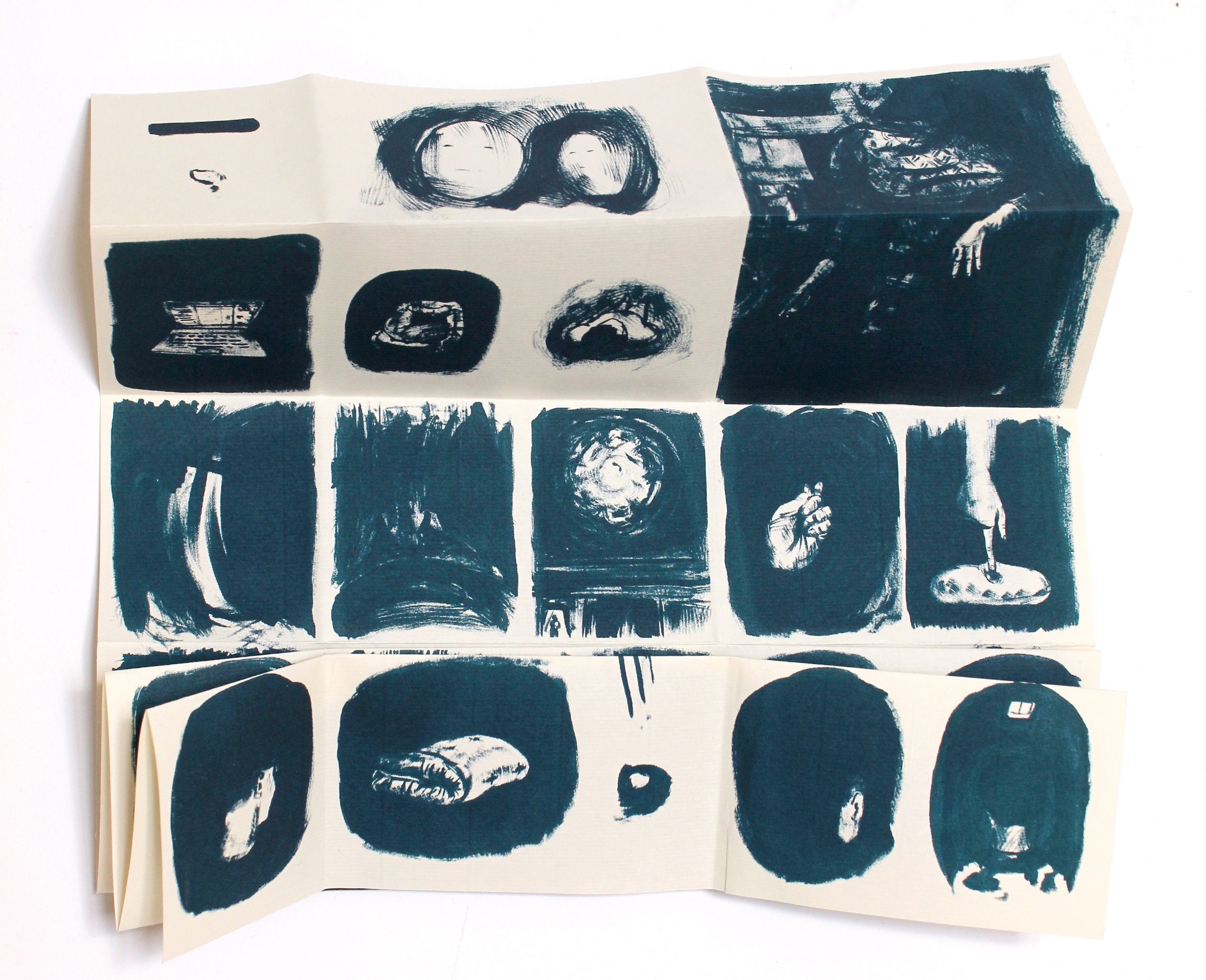
As for why she’s drawn to bookmaking and published work specifically, Lin said “[zinemaking] is a way to create a space for more marginalized voices, and also to create a different space where it’s about encountering different people.” She has worked with a variety of groups in efforts to showcase art from marginalized groups, such as the Qouleur collective, which focuses on art and activism of people of colour within the LGBTTQ+ community. According to its Twitter page, Qouleur also hosts a “festival celebrating racialized queer/trans* identities and experience.” Lin said she connected with many people, and was inspired by the time she spent working with Qouleur.
In 2015, Lin helped create the Queer Print Club at Concordia. The artist said she “felt there was a need to bring something more collective and more political into the studios, [and] it seemed like the perfect thing to bridge the community, and the art studios, and teaching in this institution.” According to Lin’s website, the club encourages undergraduate students to “[create] projects that explore the collaborative, community-based and democratic aspects of print.”
Although some may see print media and zine work as disposable, Lin believes in its ability to connect with and create space for those not reflected in the mainstream art scene. In mainstream publishing, for example, “there’s way more distance between the artist and the audience,” Lin said. She also finds smaller, physical artworks refreshing in an age of social media and technological inundation. “A physical object touches and impacts a person differently, and stays with them in a way that’s different than looking at something online and scrolling through or clicking through,” she said.
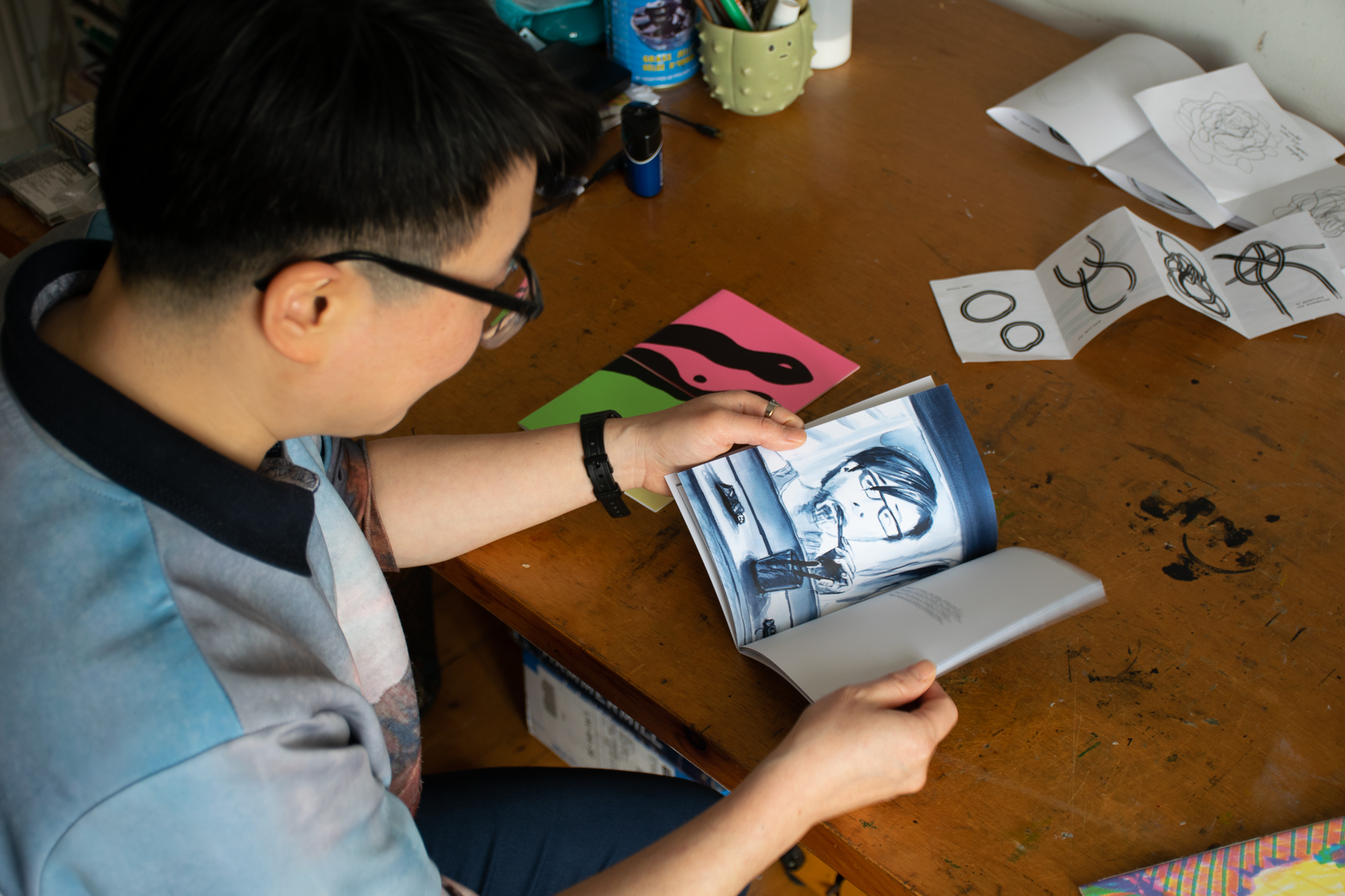
This artist also cited Zohar Kfir’s Testimony virtual reality (VR) project as insight into how computer-generated content can be used to express reality. Kfir’s project involves testimonies from sexual assault survivors that the viewer is told through VR—they are confronted with looking at the subject while they tell their story, as if they were face to face. “I like the idea that people identify issues with technology,” Lin said. “If there’s a lack of something […], people try to make work that addresses that. There are more and more people that are trying to humanize the experience of VR.”
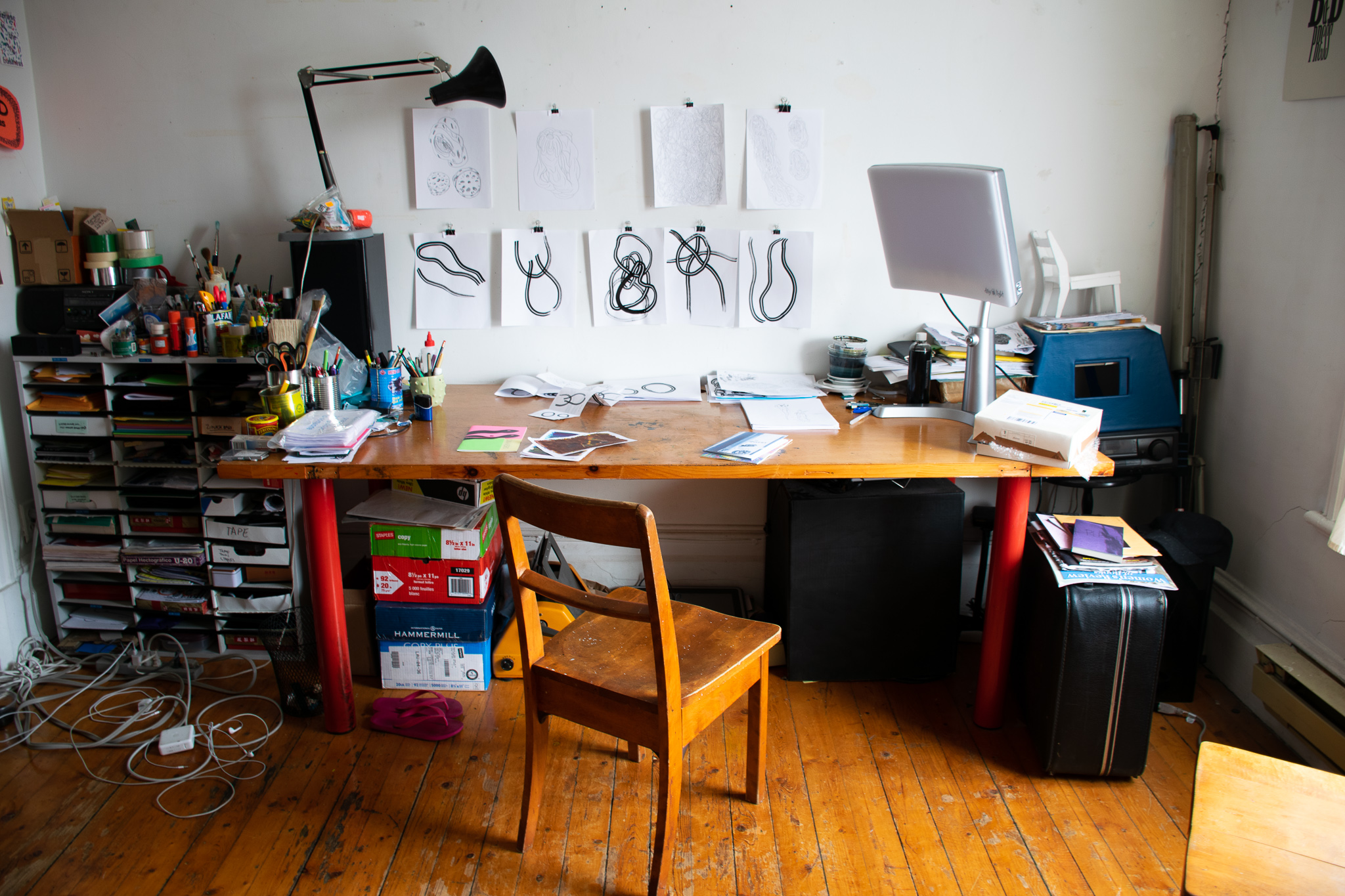
As of now, Lin has a few projects in the works, and although she admits they’re progressing slowly, she knows which direction they’re headed in. The artist’s recent introspection has highlighted key ideas that she wants to explore further. Lin explained that she wants to create works by “trying to pinpoint emotional responses to different situations, and gathering really random and fragmented thoughts and fragmented images, and pairing them together […] to create something that feels cathartic.”
Lin mentioned that her teaching schedule has reduced, allowing more time for creative pursuits, whatever those may be. She is currently working on a project with Aquino involving the Quebec Gay Archives. According to their website, “the Quebec Gay Archives have a mandate to acquire, conserve and preserve any handwritten, printed, visual or audio material which testify to the history of the LGBTQ+ communities of Quebec.” Lin and Aquino are interested in exploring queer people’s responses to their collections.
Lin has also started an AR book in collaboration with Anteism, however it’s still in its early stages. “I feel like I’ve opened up more time purposefully,” the artist said, and although she has a few projects on the horizon, Lin is still waiting for them to take shape. “It’s just part of the process,” she said with a reassuring nod.
See more of Lin’s work on her website: jenny-lin.ca
More of Lin and Aquino’s collaborative work can be found on their website: banddpress.blogspot.com
Feature photo by Gabe Chevalier
